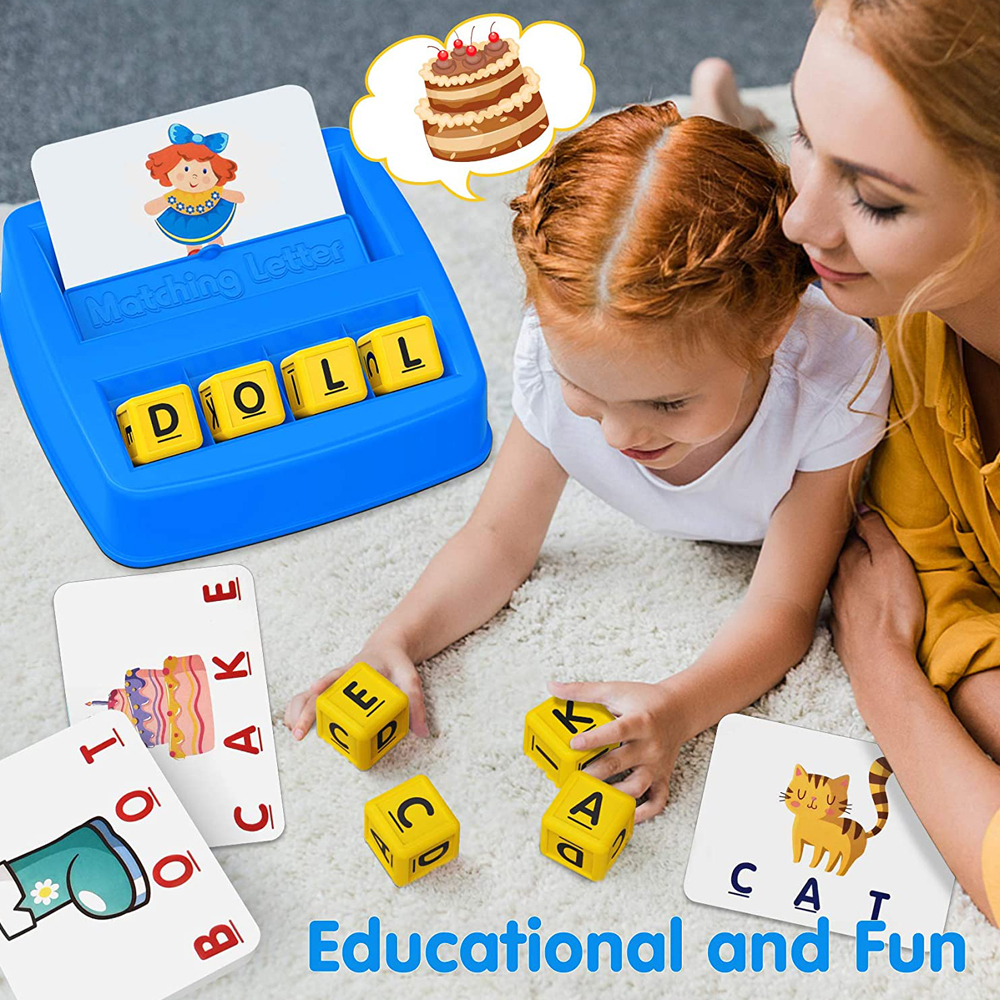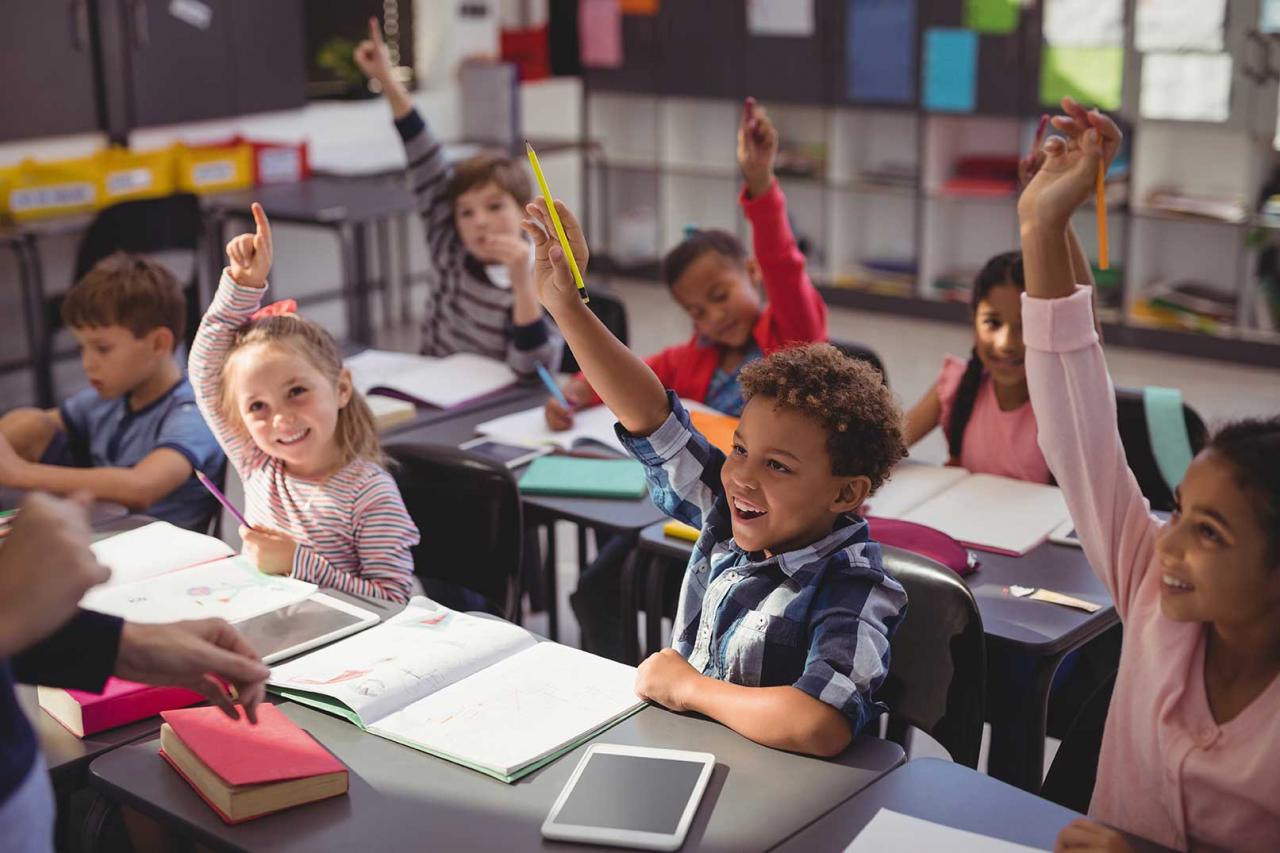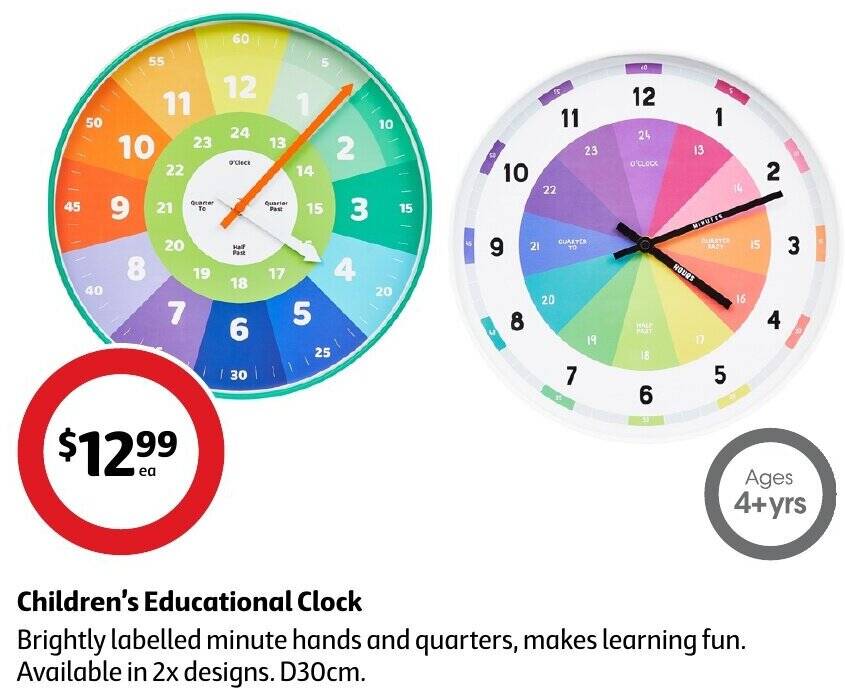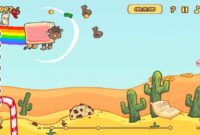Kids Education is more than just academics; it’s a journey of discovery, growth, and shaping young minds for a brighter future. From the foundational years of early childhood education, where play-based learning sets the stage for cognitive development, to the challenges and triumphs of adolescence, each stage presents unique opportunities and hurdles. We’ll explore diverse teaching methodologies, the role of technology, and the crucial partnership between parents and educators in fostering a lifelong love of learning.
This comprehensive guide delves into the essential aspects of a child’s educational journey, offering insights and practical strategies for parents and educators alike.
Early Childhood Education (Ages 0-5): Kids Education

The first five years of a child’s life are a period of incredible growth and development, laying the foundation for their future learning and well-being. Early childhood education (ECE) plays a crucial role in nurturing this development, providing a supportive environment where children can explore, learn, and grow. This exploration focuses on the importance of play-based learning, parent-child interaction, and the long-term impact of quality ECE on academic success.
The Importance of Play-Based Learning in Early Childhood Development
Play is not just fun; it’s the primary vehicle for learning during the early years. Through play, children develop crucial cognitive, social-emotional, and physical skills. Unstructured play allows for creativity and problem-solving, while structured play, guided by educators, introduces specific learning concepts. For example, building blocks help develop spatial reasoning and fine motor skills, while pretend play fosters social interaction and language development.
The benefits are multifaceted, contributing to a child’s overall well-rounded development and setting the stage for future academic success.
Benefits of Parent-Child Interaction in Fostering Early Literacy Skills
Parent-child interaction is paramount in building a child’s literacy foundation. Reading aloud, engaging in conversations, and singing songs together are powerful tools for language development. These activities expose children to new vocabulary, sentence structures, and the joy of storytelling. Even simple interactions like labeling objects during playtime (“That’s a red ball!”) contribute significantly to vocabulary acquisition. Furthermore, the emotional connection fostered during these interactions creates a positive association with reading and learning, encouraging a lifelong love of books.
Impact of Early Childhood Education on Later Academic Success
Research consistently demonstrates a strong correlation between participation in high-quality ECE programs and later academic achievement. Children who attend preschool tend to perform better on standardized tests, have higher graduation rates, and are less likely to require special education services. This is because ECE programs provide a structured learning environment, expose children to a rich curriculum, and develop essential pre-academic skills.
For instance, a study by the National Institute for Early Childhood Education found that children who participated in a high-quality preschool program were significantly more likely to graduate from high school and attend college.
Sample Daily Schedule for a Holistic Preschool Program
A well-rounded preschool program should incorporate various activities to stimulate holistic development. A sample daily schedule might include:
- 8:00-8:30 AM: Arrival and Free Play
- 8:30-9:00 AM: Circle Time (songs, stories, calendar)
- 9:00-10:00 AM: Literacy Activities (reading, writing, phonics)
- 10:00-10:30 AM: Snack and Outdoor Play
- 10:30-11:30 AM: Math and Science Activities (counting, shapes, nature exploration)
- 11:30 AM-12:00 PM: Art and Creative Expression
- 12:00-12:30 PM: Lunch
- 12:30-1:00 PM: Rest Time
- 1:00-2:00 PM: Music and Movement
- 2:00-2:30 PM: Clean-up and Transition
- 2:30-3:00 PM: Departure
This schedule is a suggestion and can be adapted based on the needs and interests of the children.
Essential Skills Children Should Acquire Before Kindergarten
Preparing children for kindergarten involves fostering development across multiple domains.
Children should possess a range of skills before entering kindergarten. These skills are categorized into cognitive, social-emotional, and physical domains to ensure well-rounded development.
Cognitive Skills: These skills focus on a child’s thinking abilities and problem-solving skills.
- Following simple instructions
- Recognizing letters and numbers
- Counting to at least 20
- Basic problem-solving skills
- Understanding simple concepts like size, color, and shape
Social-Emotional Skills: These skills involve managing emotions and interacting with others.
Kids’ education thrives on engaging activities that foster both cognitive and physical development. A balanced approach is key, and incorporating fun, active games can significantly boost learning outcomes. For instance, strategic thinking and teamwork are enhanced through playing Soccer Games , which also improves physical fitness and coordination. This holistic approach to kids’ education ensures well-rounded growth and development.
- Sharing and taking turns
- Following classroom rules
- Expressing emotions appropriately
- Working cooperatively with others
- Showing empathy and kindness
Physical Skills: These skills involve physical coordination and motor skills.
- Fine motor skills (writing, drawing, cutting)
- Gross motor skills (running, jumping, hopping)
- Self-help skills (dressing, toileting)
- Hand-eye coordination
- Physical endurance for classroom activities
Primary Education (Ages 6-12)

Primary education lays the foundation for a child’s academic journey, shaping their cognitive abilities and fostering a love for learning. This crucial stage sees children transition from concrete to more abstract thinking, demanding diverse teaching approaches and a stimulating learning environment. The effectiveness of primary education significantly impacts a child’s future success.
Teaching Methodologies in Primary Schools, Kids Education
Primary schools employ various teaching methodologies, each with its strengths and weaknesses. Traditional methods, often characterized by teacher-centered instruction and rote learning, provide a structured curriculum and clear learning objectives. However, they can sometimes stifle creativity and independent thinking. In contrast, Montessori education emphasizes self-directed activity, hands-on learning, and collaborative play, fostering independence and problem-solving skills. Waldorf education, on the other hand, focuses on holistic development, integrating arts, crafts, and nature studies into the curriculum to nurture creativity and imagination.
The choice of methodology often depends on the school’s philosophy and the specific needs of the students.
The Role of Technology in Enhancing Primary Education
Technology plays an increasingly significant role in enhancing primary education. Interactive whiteboards, educational software, and online learning platforms provide engaging and interactive learning experiences. For instance, educational games can make learning math and science fun and engaging, while online resources can provide access to a wealth of information and diverse perspectives. However, it’s crucial to ensure responsible technology use, emphasizing digital literacy and avoiding excessive screen time.
Effective integration of technology requires careful planning and teacher training to maximize its educational benefits.
Strategies for Promoting Effective Reading Comprehension Skills
Developing strong reading comprehension skills is paramount for academic success. Strategies include modeling fluent reading, encouraging active reading with questioning and summarizing techniques, and providing opportunities for students to discuss what they read. Using graphic organizers, such as mind maps or story maps, can help students visualize the text structure and key concepts. Furthermore, incorporating diverse reading materials, including fiction and non-fiction texts, can broaden students’ understanding and vocabulary.
Regular assessment and personalized support are crucial for addressing individual learning needs and ensuring progress.
Enhancing kids’ education requires a holistic approach, going beyond textbooks. Creative play is crucial, and incorporating interactive games like those found on Balles can significantly boost learning and cognitive development. These engaging activities help children develop problem-solving skills and improve hand-eye coordination, ultimately contributing to a well-rounded education.
A Lesson Plan: The Water Cycle
This lesson plan uses hands-on activities to teach the water cycle. Objective: Students will be able to describe the stages of the water cycle (evaporation, condensation, precipitation, collection). Materials: A clear container, water, ice cubes, a heat source (e.g., a lamp), a plastic sheet, and drawings depicting the water cycle. Procedure:
- Demonstrate evaporation by placing water in a container under a heat source and observing the water level decrease.
- Show condensation by placing ice cubes on the plastic sheet above the container and observing water droplets forming.
- Explain precipitation using a spray bottle to simulate rain.
- Discuss collection by pointing out how water gathers in the container.
- Students create their own water cycle diagrams, labeling each stage.
Effective Classroom Management Techniques
Maintaining a positive and productive learning environment is crucial. Effective classroom management involves establishing clear rules and expectations, consistent enforcement, and proactive strategies to prevent disruptive behavior. Positive reinforcement, such as praise and rewards, can motivate students and foster a sense of community.
| Technique Name | Description | Pros | Cons |
|---|---|---|---|
| Positive Reinforcement | Rewarding positive behavior with praise, privileges, or small rewards. | Motivates students, creates a positive classroom climate. | Can be time-consuming, may not be effective for all students. |
| Clear Expectations & Rules | Establishing and consistently enforcing clear rules and expectations for behavior. | Provides structure and predictability, reduces confusion. | Requires consistent monitoring and enforcement. |
| Proximity Control | Moving closer to students who are exhibiting disruptive behavior to subtly redirect their attention. | Non-confrontational, effective for minor disruptions. | May not be effective for severe behavior problems. |
| Non-Verbal Cues | Using gestures, facial expressions, or eye contact to communicate expectations and redirect behavior. | Subtle, avoids interrupting instruction. | May not be effective for all students or in all situations. |
Secondary Education (Ages 13-18)
The transition to secondary school marks a significant developmental leap for adolescents, demanding both academic and emotional adjustments. This phase is crucial for shaping their future paths, requiring a multifaceted approach to education that fosters critical thinking, career awareness, and well-rounded personal growth.
Strategies for Developing Critical Thinking Skills in Adolescents
Developing critical thinking skills is paramount during secondary education. This involves moving beyond rote memorization to actively engaging with information, evaluating sources, and forming reasoned judgments. Effective strategies include incorporating Socratic seminars, encouraging debates and discussions, and designing projects requiring students to analyze complex problems and present evidence-based solutions. Teachers can also model critical thinking by openly questioning assumptions and demonstrating the process of evaluating information from various perspectives.
For example, a history lesson might involve analyzing primary source documents to understand different interpretations of a historical event, rather than simply accepting a single narrative.
Challenges Faced During the Transition to Secondary School
The transition to secondary school presents numerous challenges for teenagers. Increased academic rigor, larger class sizes, and a more independent learning environment can lead to feelings of stress and anxiety. The social dynamics also shift, with increased peer pressure and the need to navigate new social hierarchies. Furthermore, the increased autonomy can be overwhelming for some students, leading to difficulties in time management and self-regulation.
Providing adequate support systems, including counseling services and mentoring programs, is vital in helping students successfully navigate this transition.
Career Exploration and Guidance
Providing students with opportunities for career exploration and guidance is essential for their future success. Exposure to various career paths, through internships, job shadowing, guest speakers, and career fairs, can help them identify their interests and skills. Guidance counselors can play a crucial role in helping students explore career options, develop a personalized education plan, and prepare for post-secondary education or employment.
Early exposure to career options can significantly reduce the stress and uncertainty often associated with making major life decisions later on. For instance, a school might organize a week-long series of workshops where professionals from diverse fields share their experiences and advice.
Benefits and Drawbacks of Different Assessment Methods
Secondary education utilizes various assessment methods, each with its own benefits and drawbacks. Standardized tests, while providing a standardized measure of student achievement, can be criticized for their limited scope and potential for bias. They may not accurately reflect a student’s understanding of complex concepts or their ability to apply knowledge in real-world situations. Project-based assessments, on the other hand, offer a more holistic evaluation, assessing critical thinking, problem-solving, and collaboration skills.
However, they can be time-consuming to administer and grade, and may be subject to subjective evaluation. A balanced approach, incorporating both standardized tests and project-based assessments, can provide a more comprehensive understanding of student learning.
Creating a Visually Engaging Multimedia Presentation on a Historical Event
A visually engaging presentation on a historical event, such as the American Civil War, could begin with a captivating title slide featuring a powerful image, perhaps a photograph of a battlefield or a portrait of a key figure. The presentation would then proceed chronologically, using a combination of images, maps, and short video clips to illustrate key events and figures.
Each slide would contain concise, well-written text, avoiding overwhelming the audience with excessive information. A timeline could be incorporated to visually represent the sequence of events. Interactive elements, such as quizzes or polls, could be integrated to engage the audience and assess their understanding. The use of music and sound effects could further enhance the presentation’s emotional impact, creating a more immersive experience for the viewers.
The final slide would summarize the key takeaways and provide further resources for those interested in learning more. The overall design should be clean, consistent, and easy to follow, ensuring the presentation is both informative and visually appealing.
Educational Resources and Technologies
The integration of technology into education has revolutionized how children learn, offering engaging and interactive experiences previously unimaginable. From interactive whiteboards in classrooms to personalized learning apps on tablets, technology empowers educators and students alike, fostering a more dynamic and effective learning environment. This section explores the diverse landscape of educational resources and technologies, addressing ethical considerations and highlighting their benefits.
Innovative Educational Apps and Software
A plethora of innovative educational apps and software cater to children of different age groups. For early childhood (0-5), apps like Khan Academy Kids focus on foundational literacy and numeracy skills through interactive games and animations. In primary education (6-12), platforms like Code.org introduce children to programming concepts in a fun and engaging way, while educational games like Minecraft: Education Edition offer immersive learning experiences in various subjects.
For secondary education (13-18), tools like Duolingo facilitate language learning, and virtual labs provide realistic simulations for science experiments. These examples represent only a fraction of the available resources, showcasing the breadth and depth of technological advancements in education.
Ethical Considerations of Technology in Education
The use of technology in education presents several ethical considerations. Data privacy is paramount; educational apps and platforms must adhere to strict regulations regarding the collection, storage, and use of children’s personal information. Equitable access to technology is another crucial aspect; digital divides can exacerbate existing inequalities if not addressed proactively through initiatives providing affordable internet access and devices to underprivileged communities.
Furthermore, the potential for screen addiction and the impact of excessive screen time on children’s physical and mental health require careful monitoring and responsible usage guidelines. Educators and parents must actively promote balanced technology use, integrating it thoughtfully into children’s lives.
Benefits of Educational Games and Interactive Simulations
Educational games and interactive simulations offer significant benefits by transforming learning into an engaging and enjoyable experience. Games foster active participation, encouraging children to solve problems, make decisions, and collaborate with peers. Interactive simulations provide realistic representations of complex concepts, allowing children to explore and experiment in a safe and controlled environment. For example, a simulation of the solar system allows children to manipulate variables and observe the consequences, leading to a deeper understanding of celestial mechanics.
The gamified nature of these resources boosts motivation and enhances knowledge retention, making learning more effective and enjoyable.
Rubric for Evaluating Educational Websites and Apps
Evaluating the effectiveness of an educational website or app requires a structured approach. The following rubric provides a framework for assessment:
| Criteria | Excellent (4 points) | Good (3 points) | Fair (2 points) | Poor (1 point) |
|---|---|---|---|---|
| Educational Content | Accurate, engaging, and aligned with curriculum standards. | Mostly accurate and engaging, with minor inconsistencies. | Some inaccuracies or lack of engagement. | Significant inaccuracies or lack of educational value. |
| User Interface | Intuitive, easy to navigate, and visually appealing. | Mostly intuitive, with minor navigation issues. | Difficult to navigate or visually unappealing. | Extremely difficult to navigate and poorly designed. |
| Engagement and Interactivity | Highly engaging and interactive, with opportunities for active participation. | Moderately engaging and interactive. | Limited engagement and interactivity. | Lack of engagement and interactivity. |
| Accessibility | Accessible to all users, regardless of ability. | Mostly accessible, with minor accessibility issues. | Significant accessibility issues. | Inaccessible to many users. |
Free or Low-Cost Educational Resources Online
Accessing quality educational resources without significant financial investment is crucial. The following list categorizes free or low-cost online resources:
Many free resources are available depending on the subject and age group. These resources can supplement classroom learning and provide additional support for students.
- Mathematics: Khan Academy, IXL Learning (limited free content), Math Playground
- Science: NASA website, National Geographic Kids, Science Buddies
- Language Arts: ReadTheory, Starfall (early literacy), CommonLit
- Social Studies: National Archives, Biography.com, Google Earth
Parental Involvement in Education

A strong partnership between parents and teachers is crucial for a child’s academic success and overall well-being. Effective communication and collaborative efforts create a supportive learning environment that extends beyond the classroom, fostering a love of learning and promoting a child’s potential. This section explores the vital role parents play in their children’s education and provides practical strategies for strengthening the parent-teacher connection.
Effective Communication Between Parents and Teachers
Open and consistent communication is the cornerstone of a successful parent-teacher relationship. Regular communication channels, such as email, phone calls, parent-teacher conferences, and informal conversations, allow for the timely exchange of information regarding a child’s progress, challenges, and needs. This shared understanding enables teachers and parents to work together to address any concerns and create a consistent approach to learning.
For example, a teacher might communicate a student’s difficulty with a particular subject, allowing parents to provide extra support at home, while parents can inform teachers about any significant events at home that might impact a child’s learning. This collaborative approach ensures that the child receives comprehensive and consistent support.
Strategies for Encouraging Parental Participation at Home
Encouraging parents to actively participate in their children’s education at home requires providing them with accessible and engaging resources. Teachers can share age-appropriate learning activities, reading lists, and online resources that parents can utilize to supplement classroom learning. Regular newsletters or emails with practical tips and suggestions for home learning can also be effective. Workshops and seminars focused on effective parenting strategies and learning support techniques can empower parents with the knowledge and skills to support their children’s education effectively.
For instance, a workshop on how to help children with homework or how to create a positive learning environment at home can significantly enhance parental involvement.
Successful Parent-Teacher Association (PTA) Initiatives
Successful PTAs are characterized by active participation and a shared vision for improving the school environment. Examples of successful initiatives include organizing school events like fundraising fairs to support school programs, establishing mentoring programs connecting parents with students, and creating parent-led workshops on topics relevant to students’ learning and well-being. A PTA might also advocate for improved school resources or participate in school decision-making processes, demonstrating a strong commitment to the school’s success.
For instance, a PTA successfully advocating for a new school library or securing funding for a school-wide literacy program showcases impactful collaboration.
The Role of Parents in Fostering a Love of Learning
Parents play a critical role in cultivating a child’s love of learning. Creating a stimulating home environment that encourages exploration, curiosity, and creativity is paramount. Reading together, engaging in educational games, and supporting children’s interests, regardless of their academic nature, can foster a positive attitude towards learning. Encouraging children to ask questions, explore their interests, and embrace challenges helps them develop a growth mindset, vital for academic success.
For example, parents who regularly read to their children and engage in conversations about the books they read are nurturing a love of reading and learning.
A Guide for Parents: Supporting Your Child’s Learning at Different Age Levels
| Age Group | Area of Support | Specific Strategies | Example |
|---|---|---|---|
| 0-5 | Language Development | Read aloud regularly, engage in conversations, sing songs, play word games. | Reading board books and engaging in interactive playtime to develop vocabulary and communication skills. |
| 0-5 | Fine Motor Skills | Provide opportunities for drawing, coloring, playing with building blocks, puzzles. | Using playdough to enhance dexterity and coordination. |
| 6-12 | Homework Help | Create a dedicated homework space, provide assistance without doing the work, encourage organization. | Establishing a routine homework time and providing a quiet space free from distractions. |
| 6-12 | Reading Comprehension | Read together, discuss books, ask comprehension questions, visit the library. | Regularly visiting the library and choosing books together, discussing the plot and characters after reading. |
| 13-18 | Study Skills | Teach time management, note-taking, and test-taking strategies, encourage self-advocacy. | Implementing a planner or calendar to organize assignments and deadlines. |
| 13-18 | College/Career Planning | Research college options, explore career paths, discuss future goals, provide support for applications. | Attending college fairs and researching different programs and scholarships together. |



